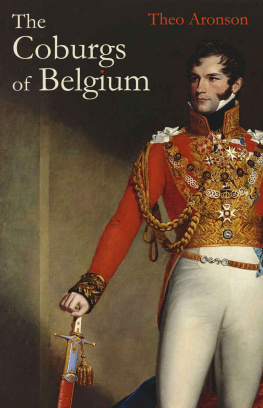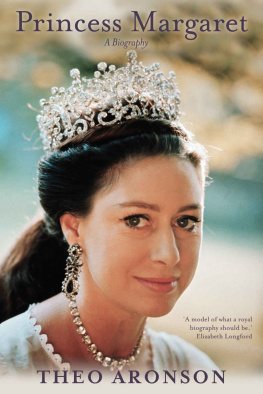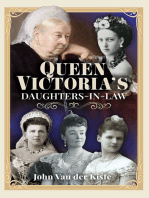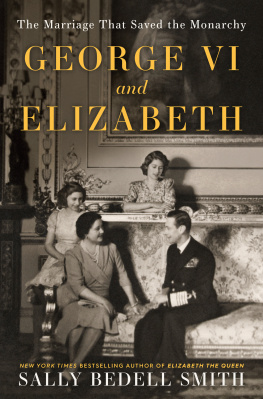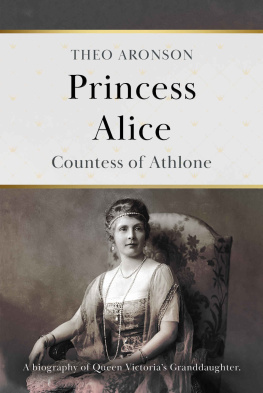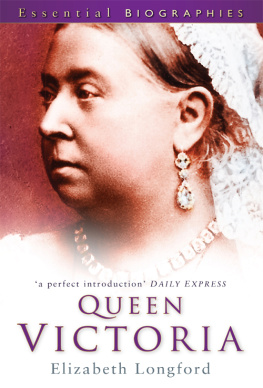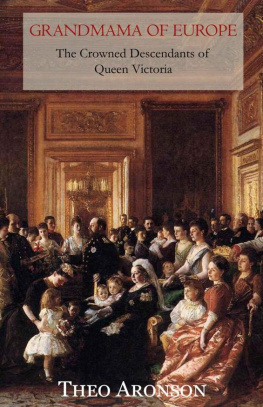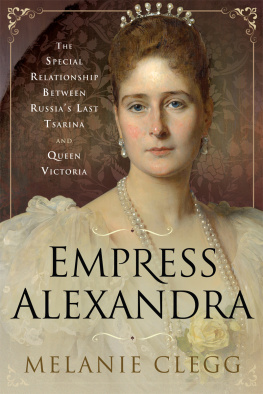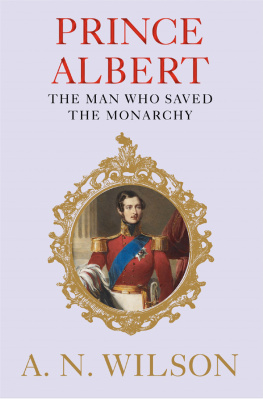The Coburgs of
Belgium
Theo Aronson
All Rights Reserved
Copyright Theo Aronson 1968, 2015
First published 1968 by Cassell & Company
This edition published in 2015 by:
Thistle Publishing
36 Great Smith Street
London
SW1P 3BU
www.thistlepublishing.co.uk
for Peggy and Jean
CONTENTS
LEOPOLD I: KING
AGAINST EUROPE
1831-1865 |
LEOPOLD II: KING
AGAINST THE WORLD
1865-1909 |
ALBERT I: KING
AGAINST CONQUEROR
1909-1934 |
LEOPOLD III: KING
AGAINST COUNTRYMEN
1934-1950 |
AUTHOR'S NOTE
The title of this book indicates its scope. It is the story of the Coburgs of Belgium pictured, as it were, in their more defiant attitudes. It is not a definitive, day-by-day account of the reigns of the various Belgian sovereigns; still less is it a history of their country. The focus, throughout, is on the dynasty, with domestic politics being relegated, wherever possible, to the background, thus allowing the monarchs to be seen in their more embattled moments: Leopold I safeguarding his newly established kingdom in the face of a hostile Europe, Leopold II founding and defending his notorious Congo Empire, Albert I challenging the German invader, Leopold III fighting to retain his crown. It is, first and foremost, a family history; a study, not only of the monarchs themselves, but of the various members of this colorful and ill-starred dynasty. It is a book about people.
I am grateful for all the help I have received from the Muse de la Dynastie, the Bibliothque Royale and the Commissariat Gnral au Tourisme, Brussels; the Bibliothque Nationale, Paris; the Library of Congress, Washington; the British Museum, London; the State Library, Pretoria; and the Mbabane Library Association, Swaziland. I must thank also Mrs. C. Webster, Mrs. J. Gaydon, Miss A. T. Hadley, Baron du Bois de Chantraine, Mr. L. de C. Bucher, Mr. E. Verhille and those many people who have gone out of their way to help me during my visits to Belgium. Two recently published books to which I am particularly indebted are My Dearest Uncle by Joanna Richardson and The King Incorporated by Neal Ascherson. My greatest debt, as always, is to Mr. Brian Roberts, whose encouragement, enthusiasm and advice have been invaluable.
T. A.
Bruges, Belgium
1967
Prologue
THE PRINCE
17901831
Prince Leopold of Saxe-Coburg owed almost everything to his looks. As the eighth child, and third son, of a petty German princeling whose domain covered less than eighteen square miles, he had started life with very little else. But by the time he reached manhood, during the years when Napoleon's armies were tramping across the face of Europe, there were few young men as handsome as he. With his broad chest aglitter with orders, his chin firm above his high, gold-embroidered collar and his hair swept forward with the studied abandon of the period, Prince Leopold had the looks to draw every eye. Whenever someone was needed to play the god Jupiter in a tableau vivant, the choice was always Prince Leopold whose beauty, says one contemporary, was "remarkable." The Emperor Napoleon was to remember him as the handsomest young man he ever saw at the Tuileries.
The Prince was by no means insensitive to this very valuable asset. Although handsome, he was no fool. With an eye ever open to the main chance, Leopold never hesitated to put his charms to good use. When, in 1807, at the age of seventeen, he accompanied his eldest brother Ernest, now Duke of Coburg, to Paris to petition the all-conquering Napoleon, he managed to insinuate himself into the good graces of those two most susceptible of womenthe Empress Josephine and her daughter Hortense. There was even a rumor that Hortense, although seven years his senior, managed to seduce him. But however close his association with Napoleon's step-daughter might have been, Leopold was careful not to associate too closely with Napoleon himself. Even on coaxing from the Emperor a promise to enlarge the Duchy of Coburg, the adroit Leopold refrained from giving him his full allegiance. And after Napoleon's retreat from Moscow, he ceased even to consider it. Finally, nailing his colors to the mast, he joined the Russian Army. When, on the last day of March, 1814, the victorious Allies came clattering into conquered Paris, the handsome twenty-three-year-old Prince Leopold, now a lieutenant-general, was to be seen leading a brigade of the Empress Marie Feodorovna's cuirassiers.
It was just over two months later that Prince Leopold, visiting London in the entourage of the Czar, met Princess Charlotte, only child of the Prince Regent of England and thus Heiress Apparent to the British throne. Here was an opportunity indeed and one that the Prince was not likely to let slip through his fingers. To become the consort of the future Queen of England would satisfy even his overweening ambitions. The very fact that he was a humbly born prince, free of any dynastic entanglements, improved his chances and won him some powerful backing. Within a few days of their meeting Princess Charlotte broke her engagement to the Prince of Orange. Leopold promptly proposed himself to the Regent as her suitor. In a letter to his brother, however, he admitted that his chances were very poor "because of the father's opposition." But he was resolved, he wrote, "to go on to the end."
It was not for the sake of Prince Leopold's hazel eyes, however, that Princess Charlotte had broken her engagement to the Prince of Orange. An attractive and high-spirited princess, Charlotte of Wales (who had never much cared for her fianc) had fallen in love with a Prussian prince. The affair came to nothing, but at least the broken engagement cleared the field for Leopold. Anxious to free herself of her father's restricting authority and as a cure, perhaps, for her broken heart, Princess Charlotte now turned to the eager Leopold. She could, she realized, do a great deal worse. Leopold was young, well-mannered and superbly handsome. Having made up her mind, she refused to rest until the matter was settled. The Regent's permission was somewhat grudgingly given and in the spring of the year 1816 Leopold and Charlotte were married. She had gained her freedom and he had fulfilled his ambitions; somewhat to their mutual surprise, they then proceeded to fall in love.
Leopold's marriage ushered in the one period of unalloyed happiness that he was ever to experience. Charlotte was an endearing creature, her lively, almost hoydenish personality making an excellent foil for his own conscientious Coburg nature. Before long, he was able to instill in her something of his own sense of purpose and awareness of royal duty. They had been granted 60,000 a year by the Government, and in order to ensure the privacy that Leopold considered so essential to domestic happiness, they left London and took up residence at Claremont House in Surrey. The simplicity and tranquillity of their life together here was, for the British public, a welcome change from the extravagance of the Prince Regent's court at Brighton and the turbulence of his estranged wife's cavortings about Europe. "In the house," noted a member of the Claremont suite, "reign harmony, peace and lovein short, everything that can promote domestic happiness. My master is the best of all husbands in all the five quarters of the globe; and his wife bears him an amount of love, the greatness of which can only be compared with the English national debt."
"Perfect happiness is by no means common," said Charlotte to a guest, "and I shall be delighted if you will often come and observe it at Claremont."
Next page
